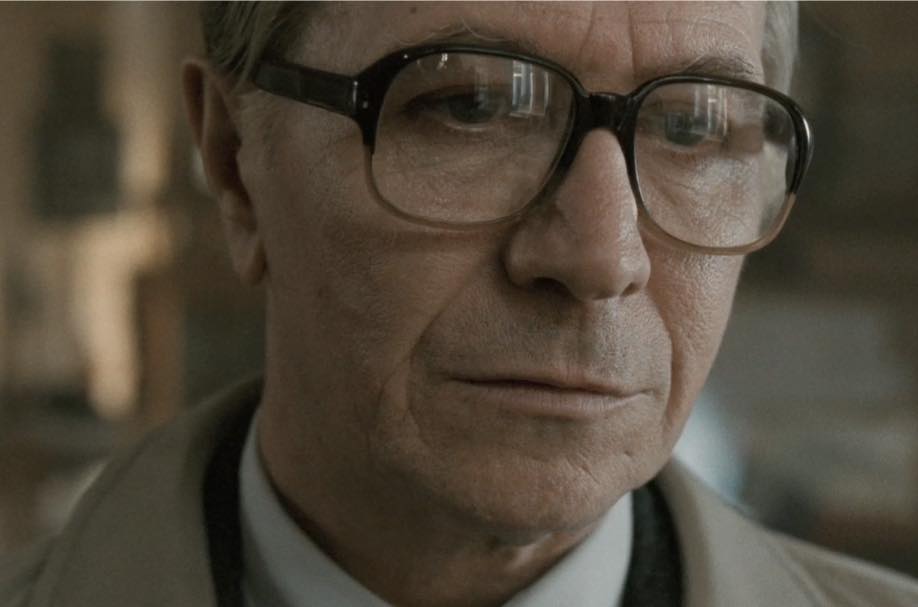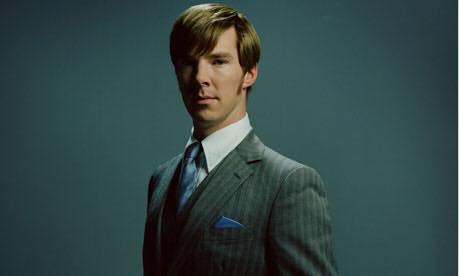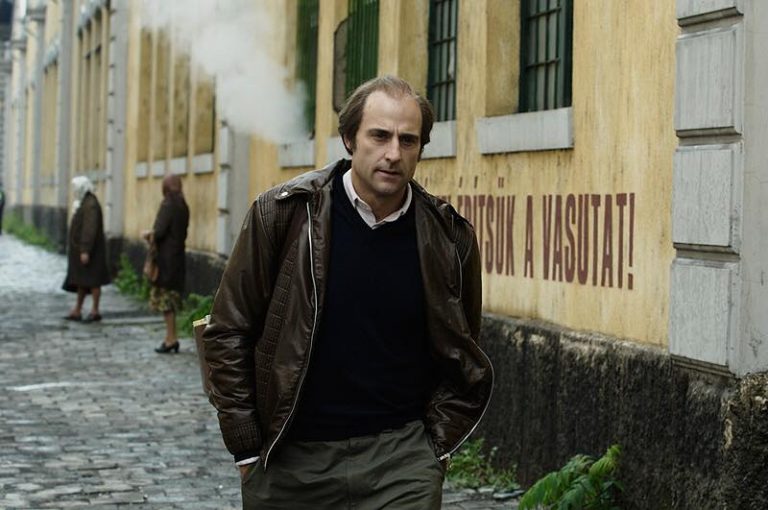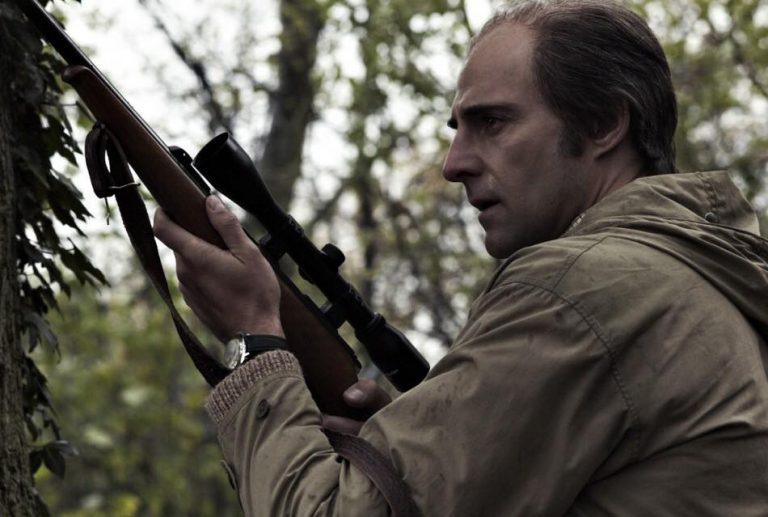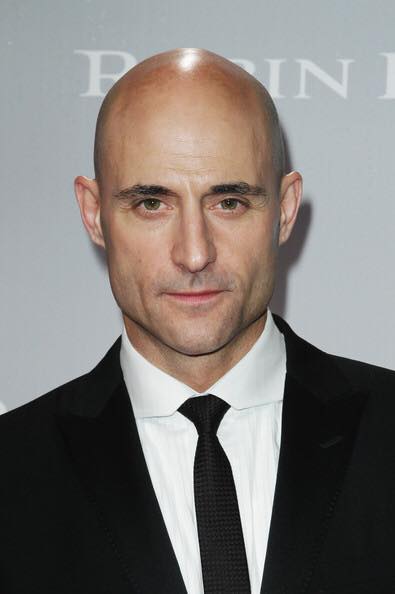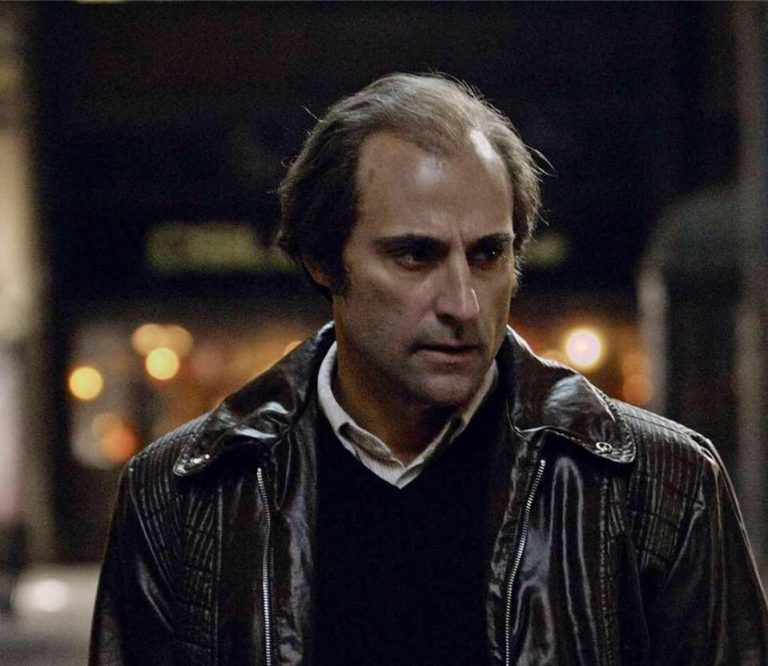SPOILERS FOR TINKER TAILOR SOLDIER SPY FOLLOW
Time and time again I’ve come to Tomas Alfredson’s modern classic Tinker Tailor Soldier Spy and tried to find out what exactly made it work so damn well. Obviously there’s the strong source material, John le Carré’s 1974 novel of the same name, with its intricate conspiracies and cloudy mysteries. There’s the too-good-to-be-true ensemble cast of such major actors as Gary Oldman, Benedict Cumberbatch, Colin Firth, John Hurt, Mark Strong, Tom Hardy, and many more. There’s Alfredson’s chilled and foggy direction, providing the ultimate air of both menace and malaise.
But the thing that I keep going back to more than any other aspect is the craft of the film — specifically, the hair and the wardrobe.
We tend to overlook these things when discussing films. Often, we don’t even notice because the styling thing is meant not to be notice. But of course, these decisions — made by costumer designer Jacqueline Durran and hair & makeup designer Felicity Bowring — crucially affect how the viewer sees the film and sees the characters and interprets the story, whether the audience notices or gives a damn at all.
So here, I’m gonna give Durran and Bowring and their creative choices a small part of what they’re due.
George Smiley
Gary Oldman, one of the most exciting and at times eccentric actors of his generation, here has to play George Smiley, a human silhouette. The drabness and plainness of Smiley is represented by his beige, conservative, and slightly rumpled wardrobe.
He could be any middle-aged man on a street in London.
But of course the key to Smiley is not his suits but his glasses and his preoccupation with adjusting them seems at times to be either Smiley’s protecting himself from the outside ugliness (glasses-as-defense) or allowing himself to observe closer (glasses-as-microscope).
And there’s a subtle little shift in the film. In the “present day” timeline, Smiley’s glasses look like this: black, thick frames. Very 70s style.
But you can always tell when Smiley is in “flashbacks” (despite a lack of obvious chyrons or ostentatious black-and-white film stock or something) because then he has an older style of turtle shell glasses.
Peter Guillam
As Smiley’s protégé and sidekick, Guillam exudes a younger and fresher energy. He’s from the newer generation, not bound by nostalgic memories of the Good War. He clearly stands out with his Beatlesque mop top haircut, which is additionally dyed blonde, for a little more visual variety.
You can see in this still of Guillam and Smiley how Guillam’s more colorful palette — the bright neon blue necktie — allows him to stand out in comparison to Smiley. Smiley is the thinker, the one who sits in the archives pouring over old records. Guillam is the actor, the doer. Livelier, literally more colorful.
Jim Prideaux
Prideaux is a Circus veteran, near Smiley’s age, but unlike most of the men from that generation, he’s not an office worker — he’s a field agent. He does the dirty work. The scalp hunting. Killings, kidnappings, etc. And his wardrobe reflects that.
Unlike Smiley’s greys and beiges, Prideaux’s browns are heavier, darker, muddier — this is a man who gets his hands dirty.
Under the right circumstances, Mark Strong (naturally bald) can look rather striking and exotic. A bit like an ancient statue of a god from a forgotten civilization, with his clean dome and long, symmetrical face . . .
Not so much in this film, where he’s given a hairpiece (simulating bad ’70s hair) that seems to throw off that balance and make him look scruffier.
Bill Haydon
Bill Haydon is the amateur artist, “the Circus’s Lawrence of Arabia,” a posh man of good charm and cheer.
He is costumed in full three piece suits, tweed (for his tweedy Oxbridge background) that make him look appropriately elegant, even in boardroom scenes.
He is costumed in full three piece suits, tweed (for his tweedy Oxbridge background) that make him look appropriately elegant, even in boardroom scenes.
Haydon stands out from his colleagues with the flair of his bright blue necktie in the more drab environments. It could be argued that Bill’s clothes horse qualities are his kind of shield against hostility, or a disguise, seeing as how he is actually the mole (think: dirty, grimy) all along.
In fact, in his lowest and most vulnerable moment, having been outed as a spy, he is (and this makes practical sense but it also makes aesthetic sense) at his most drab and untailored (ha!) in a plain, utilitarian prison-issue sweatshirt.
More to follow later this week, as I look at Tom Hardy, John Hurt, and the film’s other cast members.




